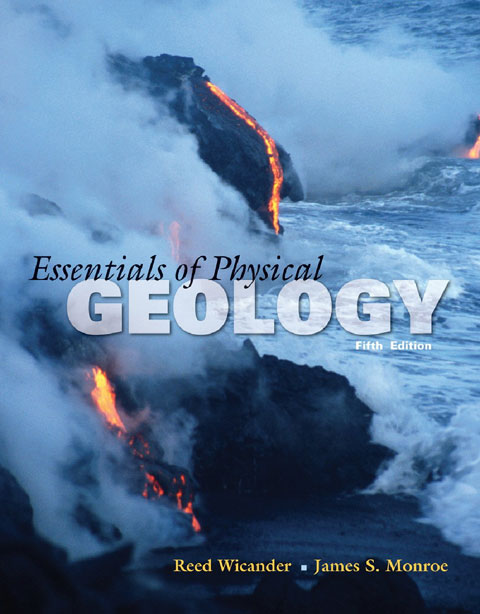
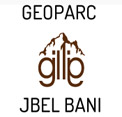

ORE DEPOSITS IN THE ANTI-ATLAS AND SUB-ATLAS REGIONS
The Anti-Atlas geological province is the host of a variety of ore deposits, ranging from Paléoprotérozoïque to Ordovician in age. These deposits are mainly Cu-Au porphyry types, precious metal epithermal (Au, Ag) or polymetallic VMS base metals (Cu, Pb, Zn, Au, and Ag), while the sub- Atlas region presents an important occurrence of manganese. Figure 8 shows the location of the most important deposits in the Anti-Atlas region.
Located in eastern Anti-Atlas, the world class Imiter Ag-Hg mine (8.5 Mt at 700g/t Ag), is among the most important deposits in Morocco. It is considered to be of epithermal origin. The silver mineralisation happened during regional extension (+/- transpession?) tectonic regime event around 550 and is hosted in a series of volcanic felsic rocks Ma (Tuduri et al, 2006). Briefly, a three-stage model has been proposed to explain the deposit: a first episode characterized by the development of quartz, pink dolomite, and Ag-rich minerals veins formed during a dextral transpressive event, followed by a barren stage associated with a normal left-lateral motion that re-opened previous structures, and a final alteration stage (i.e. supergene enrichment) that contributed to local enrichment in Ag deposit (Tuduri et al, 2006).
Regarding copper, Bleida was the most important Cu deposit of northern Africa until late 90’s. Located on the northern edge of the West African Craton, the Bleida orebodies are located on an inactive continental margin along with preserved ophiolites of Upper Proterozoic age. The copper deposits (chalcopyrite, bornite, pyrite) are stratiform distal massive sulfide bodies whose position is controlled by both the sedimentation of shales and an acid volcanism, which follows a more important basic volcanism. Pan-African deformation (650-600 Ma) has determined the current geometry of the cupriferous lenses although it has not remobilized the sulfides out of their original carrier beds (Leblanc and Billaud, 2006). West of the main Moroccan Bleida copper deposit, gold mineralization has also been discovered (West Bleida, ca. 3 tonnes metal Au). It is hosted by metamorphosed and deformed mafic to intermediate volcanic rocks that are part of the Neoproterozoic tholeiitic volcano-sedimentary series forming the stratigraphically upper part of the Bou Azzer ophiolite sequence. Gold mineralization primarily occurs
as deformed gold-bearing quartz veins and disseminations in Cu-rich chert zones (chalcopyrite– malachite), Fe-rich lithofacies and breccia zones. Gold is accompanied by small amounts of copper sulphides (<1% modal chalcopyrite).
Another important occurrence (not displayed in the map, Fig. 8) is the Imini Manganese deposit, the most important Mn deposit of Morocco, located in the western margin of the Ouarzazate foreland basin (Sub-Atlas). The manganese ore is made of pyrolusite (MnO2), and is hosted in different horizons of dolomites from the lower Cretaceous, and another accessory layer. This layers thickness can reach up to 1 meter. The deposit scale is 25 km per 100-400 m width, and sits above slates and crystalline rocks. Dolomitic sandstone and/or conglomerate are present between each mineralized horizon. Isabel von Steinaecker; source: http://www.geo.tu-freiberg.de/oberseminar/os03_04/Isabel_Steinaecker.pdf).
Figure 8: The Anti-Atlas belt at the northern limit of the West African Craton. Redrawn after Dallmeyer and Lecorché (1991) and a geological sketch map of the Anti-Atlas belt in southern Morocco and location of main ore deposits. SAF: South Atlas Fault. Gasquet and al. (2005)
Source web par unige.ch
Les articles en relation
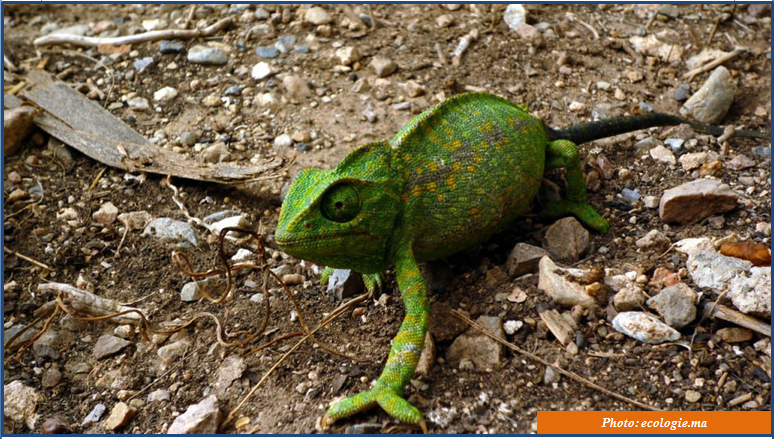
Le caméléon commun
Le caméléon commun Le caméléon (حرباء en Arabe, تاتا en Darija ) est un reptile diurne et arboricole, il ne descend que rarement à terre. Il vit en solitaire et se montre très territor
Savoir plus...
L'art rupestre « libyco-berbère » au Maroc: État des connaissances
1. Introduction Au début de l'été de 1874, le rabbin Mardochée es-Serrur, voyageur et homme d'affaires originaire d'Akka (Sud marocain), recevait à Paris un entrainement scientifique de
Savoir plus...
ONU: 2017, dans le Top 3 des années les plus chaudes de l'histoire
ONU: 2017, dans le Top 3 des années les plus chaudes de l'histoire L’OMM, l’Organisation météorologique mondiale révèle ce lundi 6 novembre que "marquée par des ph&eacut
Savoir plus...
Le Géoparc Jbel Bani : Un sanctuaire de vie au cœur du désert marocain
Le Géoparc Jbel Bani : Un sanctuaire de vie au cœur du désert marocain Le désert marocain, souvent perçu comme un paysage aride et stérile, abrite en réalité une flore éto
Savoir plus...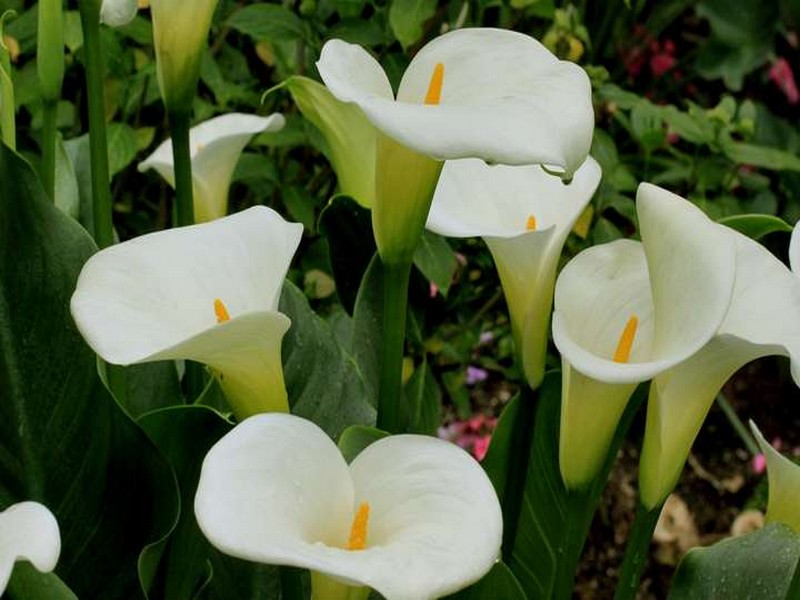
10 bulbes rares à cultiver
10 bulbes rares à cultiver Michel Caron présente ici le troisième volet du dossier sur les bulbes. Plantes appréciées et variées, les bulbes se retrouvent dans les jardins, les jardiniè
Savoir plus...
Paléontologie: un Patrimoine en souffrance
Paléontologie: un Patrimoine en souffrance L’affaire du dinosaure marin marocain (Zarafasaura) qui a été suivi par l’opinion publique marocaine et française n’est qu’une petite part
Savoir plus...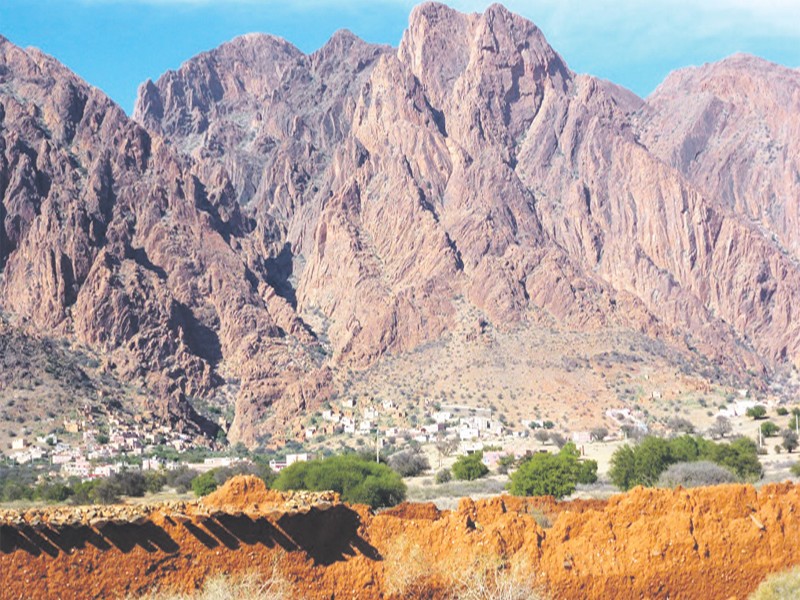
Recherche : Découverte inédite en géologie
- Le Mésoprotérozoïque était considéré comme période absente au Maroc - Un enseignant-chercheur marocain coordonne l’étude menée par une équipe internationale
Savoir plus...
Berbère Culture et Histoire
Berbère Culture et Histoire Les Berbères sont le peuple autochtone d’Afrique du Nord qui ont habité la côte de la terre de l’Egypte au Maroc, au moins 5.000 ans. Depuis l’invasion arabe
Savoir plus...
Réseau Européen et Réseau Mondial des Géoparcs
Réseau Européen et Réseau Mondial des Géoparcs Le Réseau Européen des Géoparcs (EGN) est une association volontaire de territoires qui sont engagés sur une même mét
Savoir plus...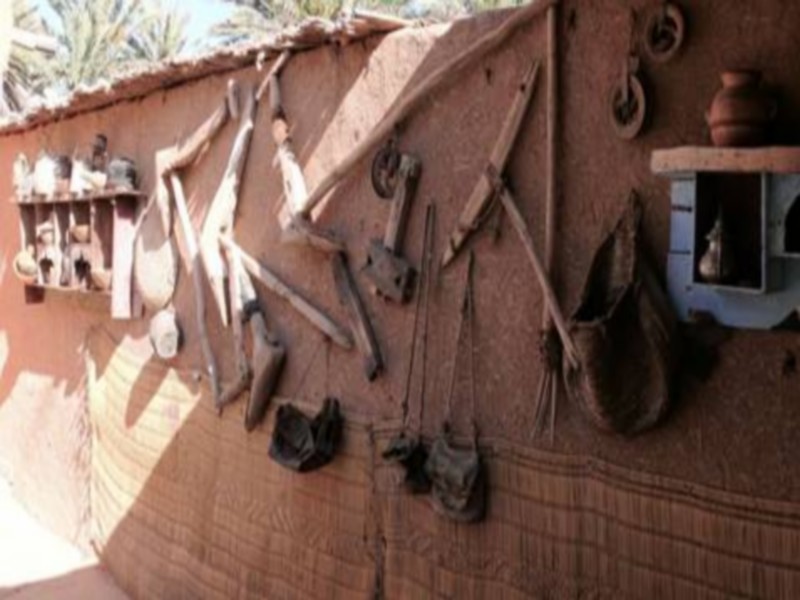
Milieux, techniques et cultures préhistoriques sur la façade sud de l’atlantique au Maroc: régions d’Essaouira et d’Agadir
Milieux, techniques et cultures préhistoriques sur la façade sud de l’atlantique au Maroc: régions d’Essaouira et d’Agadir 1. Intérêt scientifique : La préhistoire d
Savoir plus...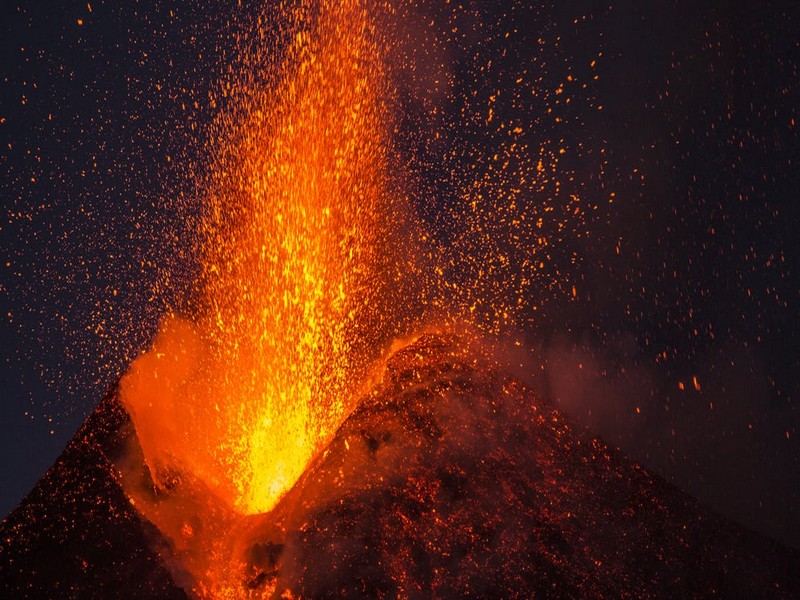
Volcano crystals could make it easier to predict eruptions
Volcano crystals could make it easier to predict eruptions Predicting when a volcano is going to explode is a very difficult task. Every volcano has its own unique and complex maze of tunnels that feed magma to the surface. So even w
Savoir plus...
Le Pommier de Sodome
Le Pommier de Sodome Très fréquent au Maroc dans les régions arides, le Pommier de Sodome (Calotropis procera) est très utilisé dans la pharmacopée traditionnelle malgré sa toxicit&eac
Savoir plus...Les tags en relation
En savoir plus sur " Géologie et TSGJB - AMDGJB ! "
Consulter les vidéos de " Géologie et TSGJB - AMDGJB ! " Consulter les photos de " Géologie et TSGJB - AMDGJB ! " Consulter les publications de " Géologie et TSGJB - AMDGJB ! " Consulter les éditions de " Géologie et TSGJB - AMDGJB ! " Consulter les communications de " Géologie et TSGJB - AMDGJB ! "Recherche du site
Recherche avancée / SpécifiqueVulgarisation à la géologie
Qu'est ce que les sciences de la terre: vulgarisation Qu'est ce que la géologie ? Géologie et TSGJB - AMDGJB !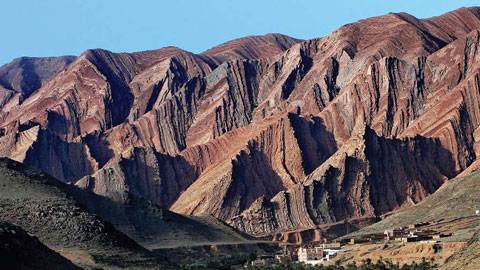
Géoparc et Recherche Scientifique
Le coins de l’étudiant
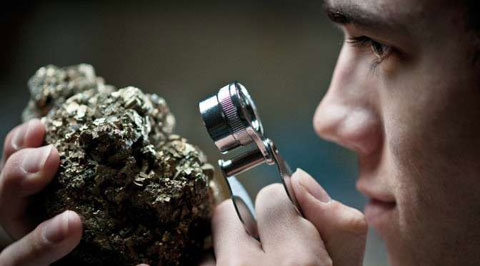

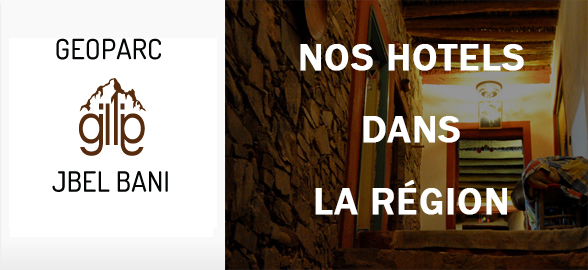
Blog Géoparc Jbel Bani
Dictionnaire scientifique
Plus de 123.000 mots scientifiques
Les publications
Géo parc Jbel Bani

Circuits & excursions touristiques

cartothéques
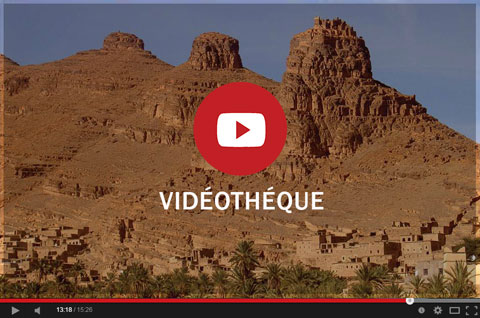
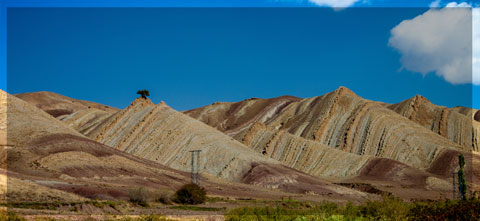
Photothéques
Publications & éditions
